Three composers of silence before John Cage
mainThe Brazilian musicologst Eder Wilker Borges Pena has discovered three composers who published a silent piece before John Cage’s 4’33”.
They are: Alphonse Allais’ “Marche Funèbre pour les funérailles d’un grand homme sourd”, 1897; Erwin Schulhoff “In Futurum”, 1919; and Samuel “Il Silenzio”, 1896.
Read Eder’s article in English here.

photo: Betty Freeman/Lebrecht

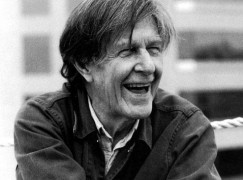
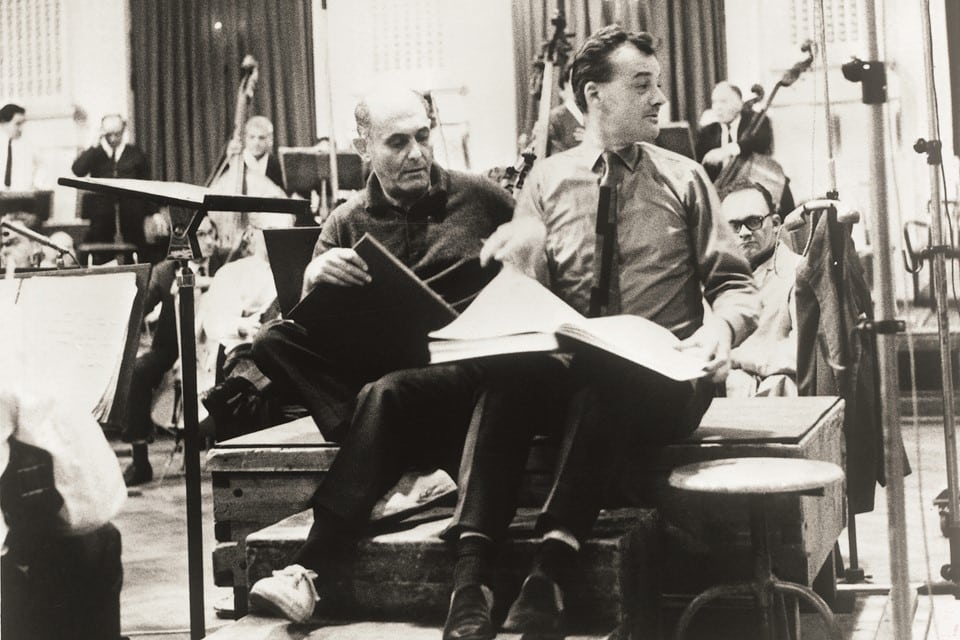
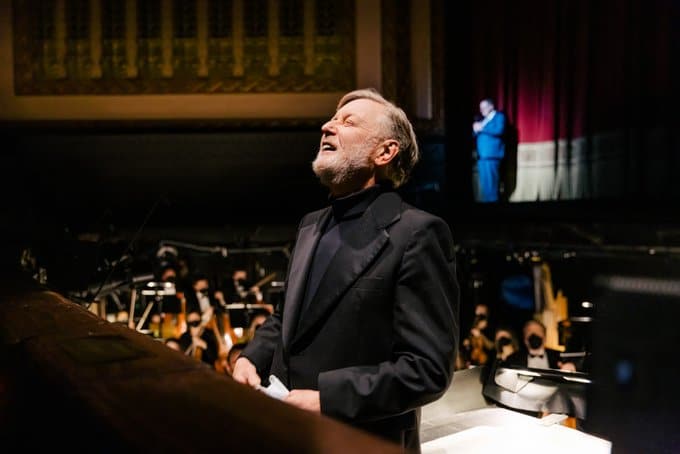
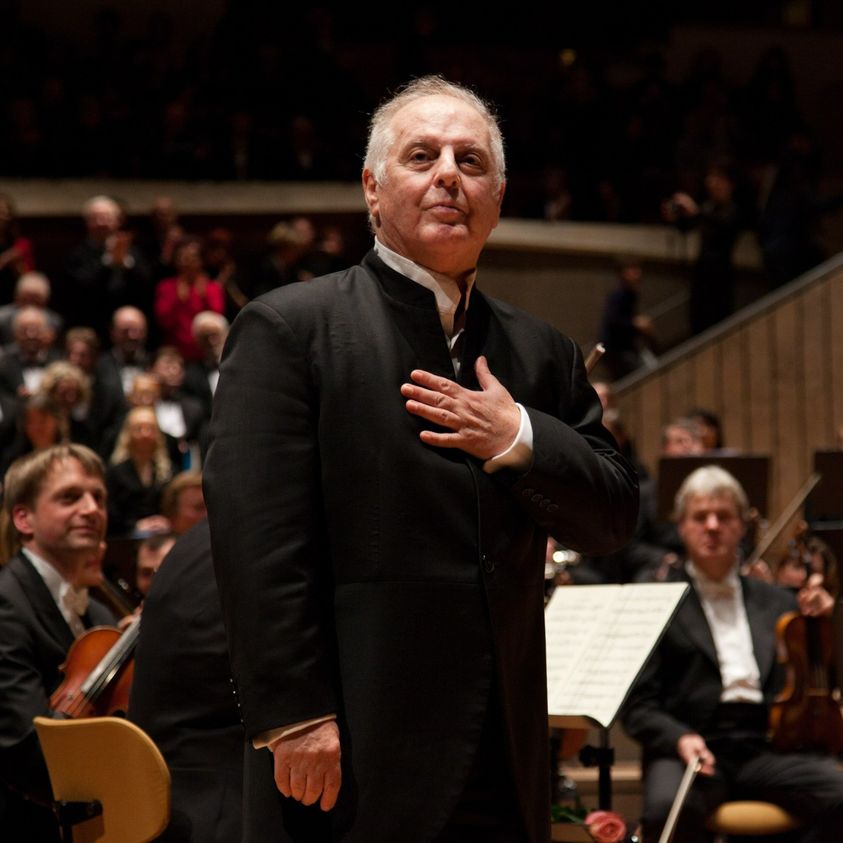
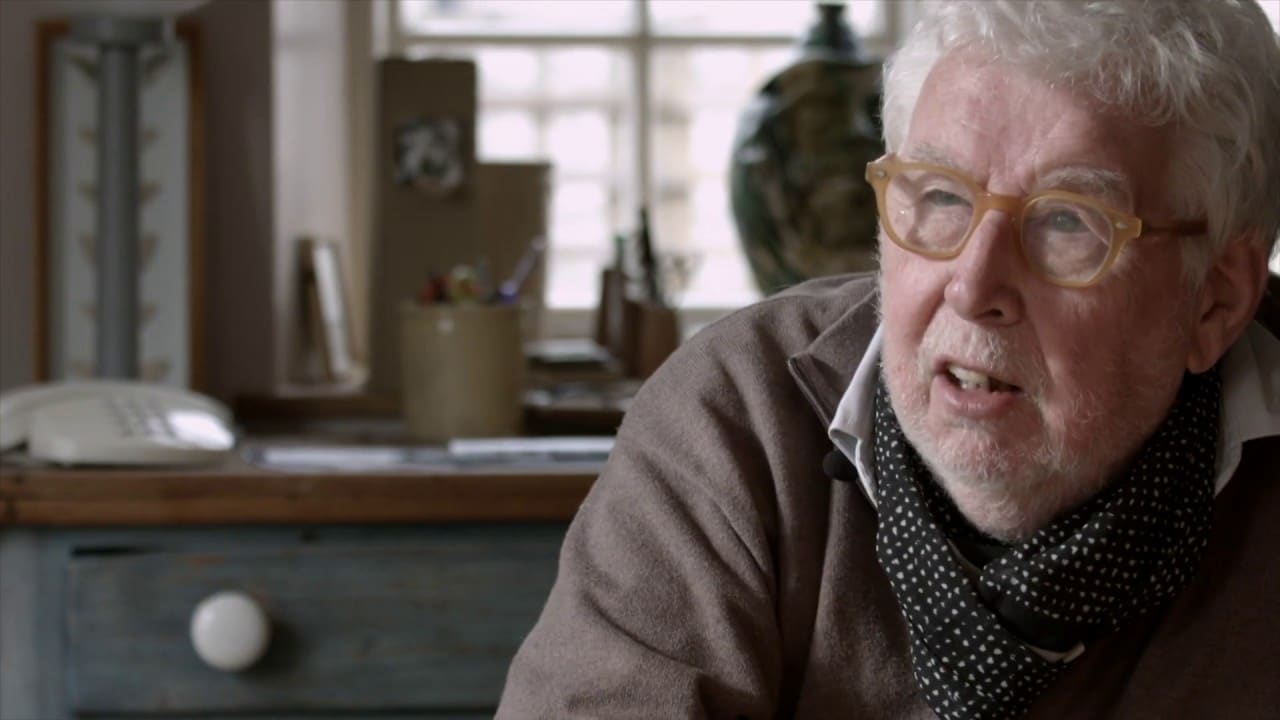
I have no words…
Correct.
Maybe it would have been netter if all their pieces had been silent.
Maybe it would have been better if all their pieces had been silent ones.
Schulhoff and Cage were both worthy composers when they wanted to be. And neither deserves to be judged by one piece — it would be like judging the entire Ligeti oeuvre based on his Symphonic Poem for 100 Metronomes. Or Beethoven’s by his Wellington’s Victory…
This just unveils your misunderstanding of 4’33” and Symphonic Poem.
Yes more evidence to prove that Cage was a bogus opportunist
Allais and Schulhoff were already “discovered” before Eder’s article.
http://slippedisc.com/2016/11/john-cage-got-his-gun/
Well, the article says one or two of them had been known in academia and that only Samuel’s piece was currently unknown in the first paragraph. And then it proceeds to their analysis
There is also a SD thread from half a year ago where one can find links to the century-old published scores of these pre-imitations, if you will, of Cage’s greatest work.
https://slippedisc.com/2020/09/the-slipped-disc-daily-comfort-zone-173-the-moment-that-music-changed/
So what is interesting about a Silent Piece?
Hilarious…. so, Cage was not even original. His ‘piece’ is less than zero, quite an achievement.
Exactly, no original. Cage stole many ideas from others like the prepared piano, silent pieces etc. He knew about Alphonse Allais who was part of the art movement »Les Incohérents«. Allais was not a composer but a writer. As you know, writing silent pieces does not need any composing skills.
The original name of Cage’s 4’33” was “Silent Piece”. Cage often said that 4’33” was his best piece he ever wrote…
Clarification: did Cage claim to have originated the prepared piano or the silent piece? Would love to know. Also, did Beethoven steal sonata form? Would love to know.
Cage did not claim to have invented the prepared piano in an explicit way. He wrote that he started “preparing” pianos in order to replace a percussion group with only one player (himself); as far as I remember he did not name any precedent. As for Beethoven stealing sonata form, well, the concept of a sonata form as we know it today did not even exist in his time (people just wrote first movements that way); it was a theoretical after-construction.
Thanks, Pf. Succinct and indeed the answers to what I asked. However, I actually intended both questions ironically, for the poster making indignant assertions about theft!
Aren’t people simply either open to or closed to 4’33? No biggie. My favourite 4’33 moment was at a “performance” with full symphony orchestra. Bamboozled audience-member, in the choir balcony, whispers very loudly, “Am I missing something?” Someone else goes, “SHH!”, to which he, even more bamboozled, asks incredulously, “Are you SHUSHING me??”
What do we think? Cage would have laughed?
Mozart stole the sonata form from Haydn who, being an absent-minded man, had left it lingering one day on his desk when Mozart visited him. When Haydn found-out about this unfriendly gesture, they quarreled for some weeks in a flurry of irritated letters, and in the end both men decided to cut the form in half so that the two of them could at least continue composing with the form and develop it further.
When Beethoven, in his younger years in Vienna, also tried to get Haydn’s sonata form, which in Haydn’s hands had meanwhile grown from that initial half into a fully-developed version again, he was brusquely refused. But he bribed Haydn’s valet to steal it when Haydn was on tour in England, cut a quarter of the sonata form for his own use, and glued a small rondo form on the place of the missing bit, thinking Haydn would not notice, after which the form was duly restored to its proper place on Haydn’s desk by the valet. Beethoven had the greatest difficulty to use the small bit of sonata form, as can be seen from his many sketches, and this is the reason that his pieces are so often incoherent and rambling. Haydn never noticed the defective version he found on his desk and this explains the increase of rondo elements in his later symphonies, to the great surprise of all later musicologists.
(Source: ‘La Vie Secrète des Compositeurs Classiques’, Dr Alain Desmorgues, Editions Fugitives, Paris 1958)
Sniff . . . sniff
Of course! His greatest work turns out to be an imitation. LOL
And nobody’s playing your music either, Borstlap.
Unfortunately it seems that very few people today are playing Borstlap’s music. The few works I know are very interesting, and I would like to listen to more. Maybe his writings on music and cultural matters have to do with a kind of a priori rejection by people with decision powers on repertoire, who did not read them but listened to rumors of “anti-modernism reaction” or you-name-it, and by musicians who do not want to be found “guilty by association” (guilty of what? of avoiding institutionally approved torture noise?).
That has changed since premieres in 2016 in Dallas and Hong Kong, and the dawning of the understanding that music cannot be progressive or conservative. Music is good, or mediocre, or bad, entirely independent of style. My book has greatly helped in terms of understanding, but – as with any book – it requires reading and some intelligence, which has become a rare quality.
Pioneering in common sense and normailty has become avantgardism in a time and society which has put superficial nonsense on the throne…..
http://www.johnborstlap.com
I see that the pseudonymous “Samuel” is apparently Edgardo Samuel del Valle de Paz, publisher of the journal in which “Silenzio” appeared. He and Allais were evidently able to sense the coming of Dada two decades later; Schulhoff worked at Dada’s zenith; and Cage is literally a Johnny-come-lately with 4’33”.
For Cage it was a matter of all or nothing. Having nothing sensible to say, he did it anyway (Lecture on Nothing), or not at all (4’33”).
It reminds me of Malevitsj’ Black Square of 1915, which tried to get ‘behind’ the absolute zero.
https://www.dw.com/en/an-icon-of-modern-art-turns-100-kazimir-malevichs-black-square/a-18899525
If there is no music, it isn’t music and the audience is being ripped off.
Must admit, I really liked the ending..
Jennifer Higdon for me. She writes very colorful orchestral music, that’s also in a ‘neo-romantic’ sort of vein. Quite tonal.
Not to hijack the thread … but does anyone know if Roy Harris’s “Four Minutes and Twenty Seconds” (for flute and string trio) was in any way a comment on or rebuke of Cage’s 4’33”? Or was Cage sending up Harris, who at one time had a large reputation.
GIYF (Google is your friend). The Harris was written 10 years earlier
I’d like to ask the Cage bashers in here to point me to a ambient piano piece similar to his “In a landscape” and not Debussy or Satie, thank you.
https://youtu.be/PSmXAG2mYY4